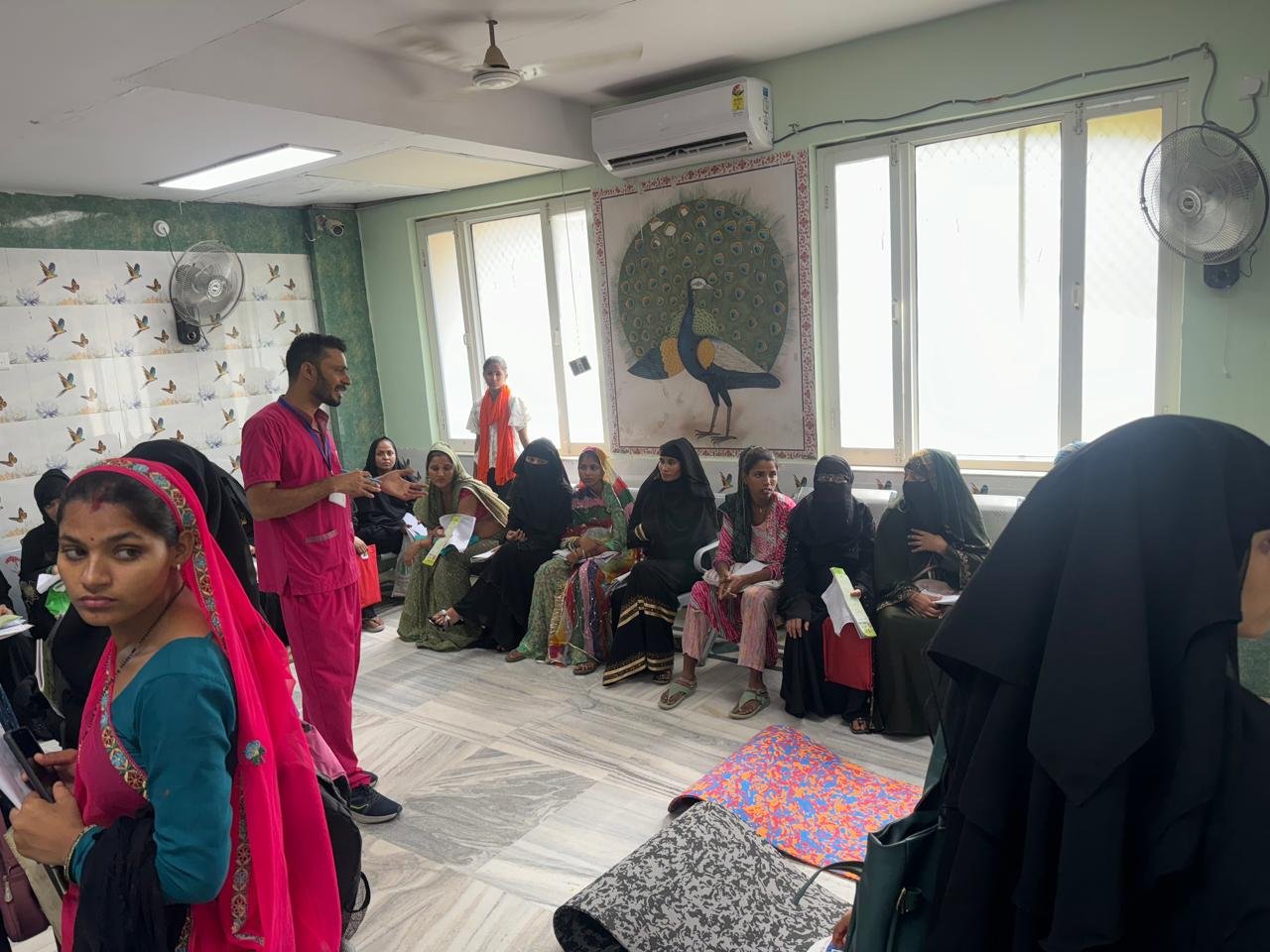
Guardians of Natural Birth: How Midwives Empower Women in Labor
Explore the transformative role of midwives in guiding women through labor with skill, empathy, and respect for choice.
The Midwifery Philosophy
Midwifery is grounded in the belief that birth is a normal, natural process. Rather than intervening unnecessarily, midwives observe, support, and guide women through labor, balancing safety with autonomy.
Having the same midwife throughout pregnancy and labor builds trust and allows personalized support.
Midwives provide evidence-based information so women can decide how they want to experience labor.
Continuous presence reduces anxiety, fosters calm, and helps the body progress naturally.
“When a woman is listened to, her body speaks more clearly. Respect is the foundation of safe birth.”
How Midwives Empower Women
Empowerment is practical: guiding women to recognize cues, move freely, and participate actively in their birth experience.
Every preference is acknowledged, ensuring the birthing plan aligns with the mother’s values.
Positions are adjusted to optimize comfort, progress, and fetal alignment.
A steady, calm companion helps regulate stress hormones and supports confidence in labor.
Clinical monitoring is subtle, evidence-based, and minimally intrusive, escalating care only when necessary.
Alternate Birthing Positions
Midwives encourage mobility to promote comfort and progress. Common positions include:
| Position | Benefits |
|---|---|
| Squatting | Widest pelvic opening; gravity-assisted descent |
| Hands & Knees | Reduces back pain; promotes optimal fetal positioning |
| Side-Lying | Restful; suitable for epidurals; reduces strain |
| Sitting Supported | Encourages pelvic rocking; allows partner support |
Creating a Supportive Birth Environment
The atmosphere in the birth room can influence labor outcomes. Midwives often create a calm, dimly lit space with minimal interruptions. Key elements include:
- Soft lighting and soothing sounds
- Comfortable mats, chairs, or birth balls
- Privacy to enhance relaxation and focus
- Flexibility for movement and position changes
Partner & Family Involvement
Midwives support inclusion of partners or chosen companions in ways that enhance comfort and emotional support:
- Guided hands-on support during contractions
- Emotional encouragement and reassurance
- Participation in breathing and relaxation techniques
Interventions and Safety
While midwifery focuses on normal birth, medical interventions are used only when indicated:
- Monitoring fetal heart rate and maternal vital signs
- Assistance with pain relief when requested or needed
- Collaboration with obstetric teams for complications
Home, Birth Center, or Hospital?
Midwives practice in various settings. Choice depends on risk assessment and personal preference:
- Home: Comfortable, familiar surroundings; suitable for low-risk pregnancies
- Birth Center: Specialized facilities offering homelike settings with midwifery-led care
- Hospital: Access to emergency interventions while still providing midwife support
Preparing for a Midwife-Led Birth
Preparation enhances confidence and reduces fear:
- Attend prenatal classes focused on natural birth
- Develop a birth plan outlining preferences
- Practice breathing, relaxation, and mobility techniques
- Build a trusted support team, including partner, family, or doula
FAQ
Q: Are midwife-led births safe?
A: For low-risk pregnancies, studies show outcomes are comparable or better than physician-led births in terms of interventions and maternal satisfaction.
Q: Can I change positions during labor?
A: Yes. Midwives encourage freedom of movement and position changes based on comfort and labor progress.
Q: What if complications arise?
A: Midwives coordinate promptly with hospital teams for timely interventions.


No comments yet. Be the first to comment!